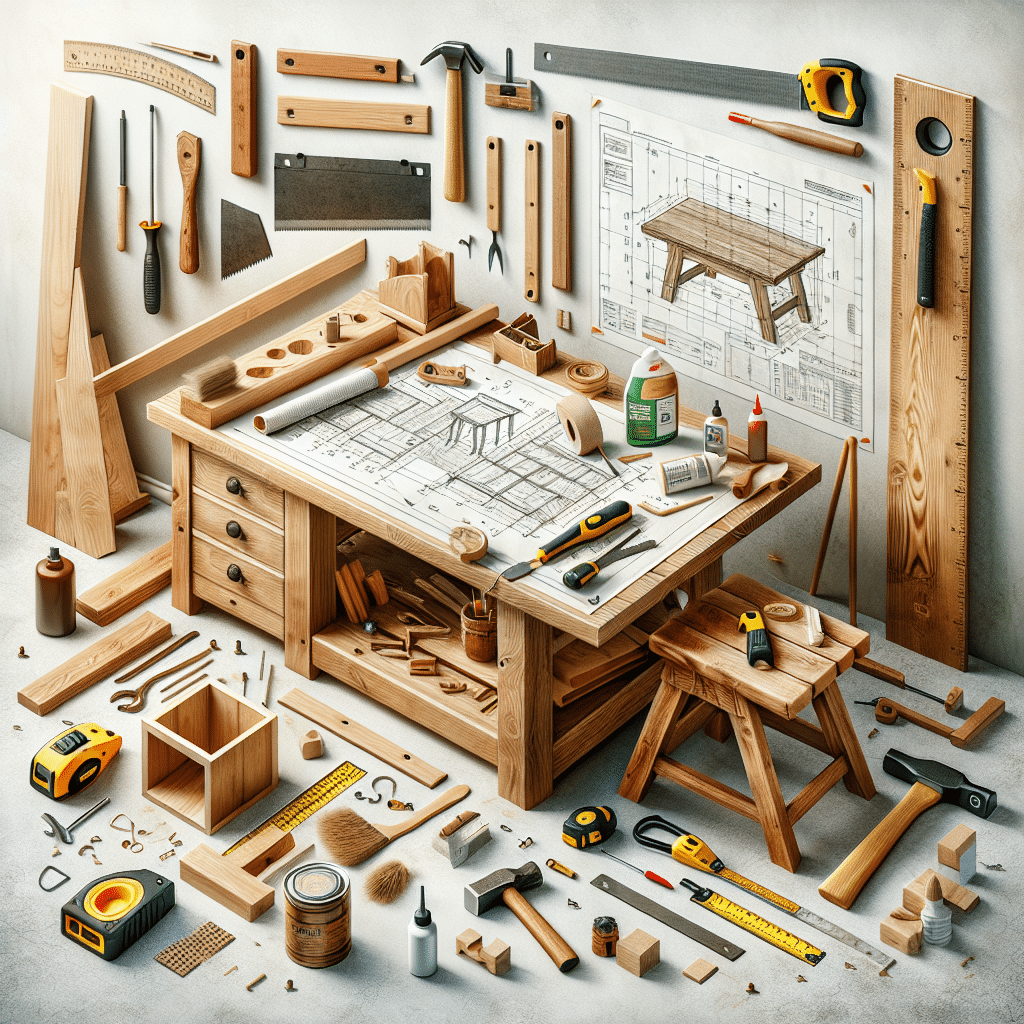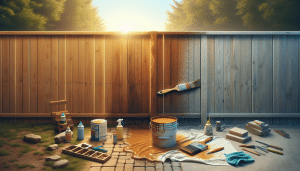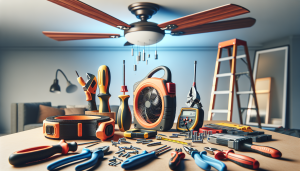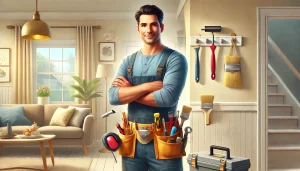Welcome to the world of carpentry DIY projects with Savannah Handyman! If you’ve ever stared at your home and thought it could use a little lift, you’re in the right place. We know that home transformations can be daunting, but with the right tips, you can turn your DIY dreams into reality. In this guide, we’ll help homeowners in Savannah, GA, discover the joy and satisfaction of creating magic at home with their own hands.
Contents
- 1 Understanding Basic Carpentry Concepts
- 2 Choosing the Right Projects for Your Skill Level
- 3 Let’s Talk Tools: What’s in Your Toolbox?
- 4 Safety First: Protect Yourself
- 5 Understanding Wood Types and Uses
- 6 Creating a Plan: Drafting Your Project
- 7 Step-by-Step Guide: Building a Simple Shelf
- 8 Troubleshooting Common Carpentry Issues
- 9 Transforming Your Space: The Impact of DIY Carpentry
- 10 Connect with Savannah Handyman
Understanding Basic Carpentry Concepts
Before diving into projects, it’s important to understand some basic carpentry concepts. Carpentry isn’t just about hammering nails; it’s a blend of art and skill that transforms raw wood into functional or decorative pieces. Get to know different wood types, as they determine the outcome of your projects.
Start with understanding the tools in your carpentry kit. A saw, hammer, measuring tape, and level are essential. Knowing how to use them effectively will not only save you time but also improve the quality of your work. With these basics, you’ll feel more confident tackling DIY projects, making the experience enjoyable.
Choosing the Right Projects for Your Skill Level
It’s crucial to pick projects aligned with your skill level. Starting small can prevent frustration and boost your confidence as you succeed. We recommend tackling projects that are feasible yet slightly challenging to build your skills step by step.
If you’re a beginner, consider making simple items like a birdhouse or a small shelf. These projects reinforce basic skills and prepare you for more complex tasks. As you progress, try creating a custom coffee table or even installing crown molding. The key is to balance learning with enjoyment.
Let’s Talk Tools: What’s in Your Toolbox?
Your toolbox is your best friend in any carpentry project. Whether you’re a seasoned DIYer or just starting out, the right tools make all the difference. Here’s a look at some essentials that no carpenter should be without.
- Hammer: A versatile tool used for driving nails, a fundamental in any project.
- Screwdriver Set: From flatheads to Phillips, these are essential for joining pieces securely.
- Measuring Tape: Precision starts here. Accurate measurements ensure a professional finish.
- Saw: Whether it’s a hand saw or power saw, cutting wood to size is necessary for most projects.
- Level: Essential for ensuring your projects are straight and stable.
Safety First: Protect Yourself
We can’t emphasize safety enough on any carpentry project. Always prioritize safety to avoid accidents. Wearing protective gear isn’t just an option, it’s a necessity.
Invest in a quality pair of goggles to protect your eyes from flying debris. Gloves can protect your hands from cuts and splinters. Additionally, wearing a dust mask prevents inhalation of harmful particles, especially while sanding or cutting.
Understanding Wood Types and Uses
Choosing the right wood can make or break your project. Different types of wood offer various aesthetic and functional properties. Let’s explore the possibilities.
Hardwoods like oak and maple are durable and ideal for furniture. Softwoods such as pine are easier to work with and perfect for decorative items. Additionally, plywood is a versatile option often used in cabinets and shelves due to its strength and affordability.
Creating a Plan: Drafting Your Project
Every successful project begins with a well-thought-out plan. Drafting your project allows you to visualize the outcome and prepare accordingly.
Start by sketching out your design, taking accurate measurements, and listing materials needed. This will help you stay organized and make the building process smoother. Planning ensures that all pieces fit together perfectly, leading to a successful result.
Step-by-Step Guide: Building a Simple Shelf
Let’s put theory into action with a practical project. Building a simple shelf is a fantastic way to apply what you’ve learned.
First, gather your materials: wood planks, screws, brackets, and finish. Cut your wood to desired lengths, ensuring a clean and straight cut. Next, attach the brackets to the wall where you’d like the shelf to hang. Finally, secure the wooden plank onto the brackets.
As a bonus, you can paint or stain the wood to match your interior decor. In no time, you’ll have a functional and stylish addition to your home.
Troubleshooting Common Carpentry Issues
Even the most seasoned DIYers encounter challenges. Knowing how to troubleshoot common issues can save you from frustration.
If your measurements are off, don’t panic. Recheck your dimensions, and if needed, trim or adjust pieces. Should nails or screws strip the wood, use a wood filler and start anew. Mistakes are learning opportunities that enhance your skills over time.
Transforming Your Space: The Impact of DIY Carpentry
DIY carpentry doesn’t just change your home, it changes you too. The sense of accomplishment in completing a project is unmatched. Plus, personalized items add charm and character to your space.
Whether it’s a handcrafted dining table or a bespoke bookshelf, these creations tell a story. They reflect your creativity and dedication, making your house truly feel like a home. Let your projects inspire others and transform ordinary spaces into extraordinary ones.
Connect with Savannah Handyman
We’re here to help you make the most of your home transformations. If you have questions or need expert advice, don’t hesitate to reach out. You can reach us by phone at 912-600-3283 or Request a Free Quote. We’re excited to be part of your DIY journey!




